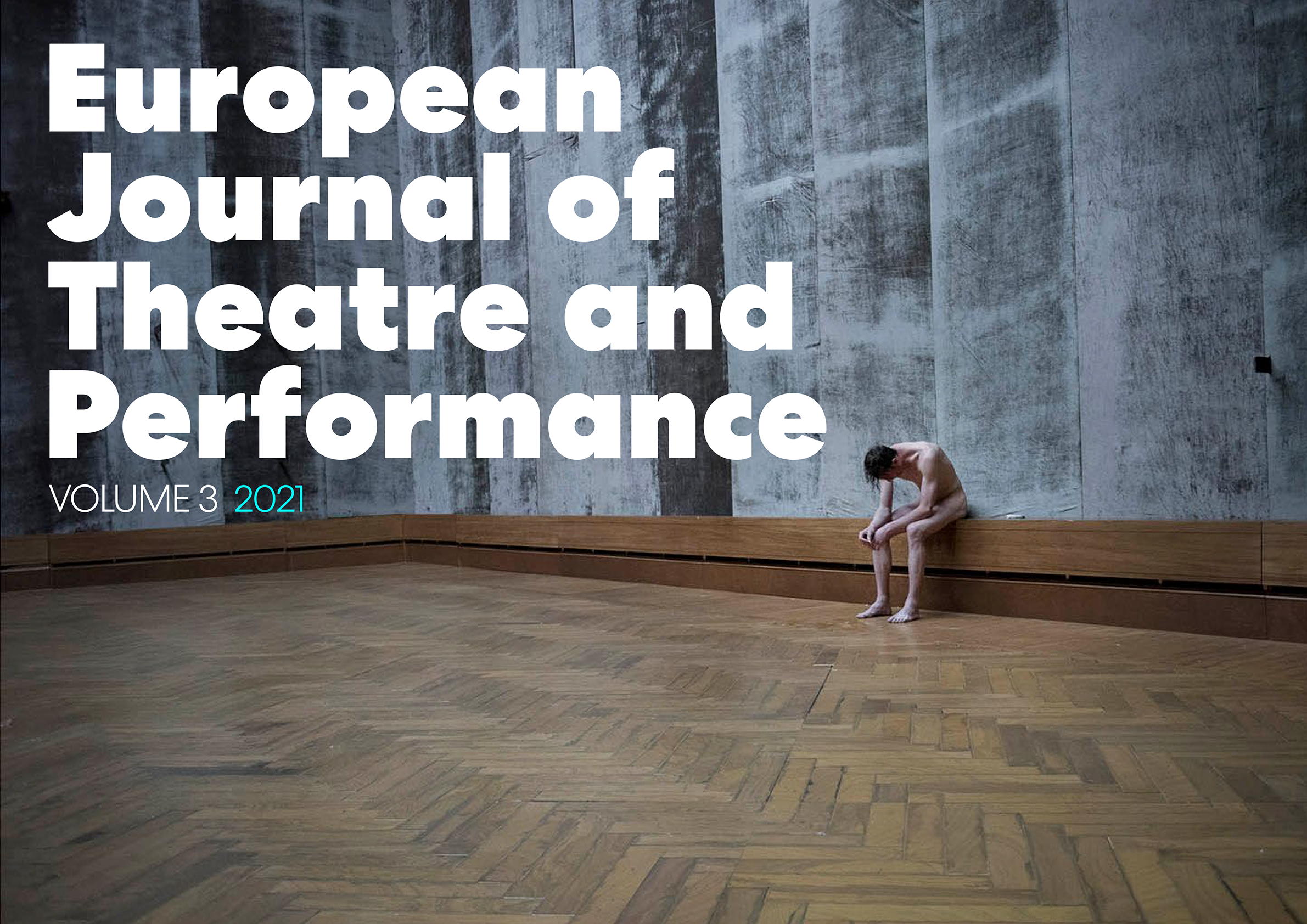The Double Life of Pagan Dance: Indigenous Rituality, Early Modern Dance, and the Language of US Newspapers
DOI:
https://doi.org/10.21827/ejtp.3.41752Keywords:
Indigenous dance, early modernist dance, ‘pagan dance’, settler-colonialism, colonisationAbstract
What can be made of the fact that American early modern dancers employed the term ‘pagan dance’ to describe their practices, ideologies, and aesthetics when they were surrounded by a public discourse that disparaged Indigenous dance through the very same label? When used to describe Indigenous ritual dances, the term ‘pagan dance’ performed a complete cultural recontextualisation upon whatever Indigenous dance that was its object — transforming each dance into a justification for a US settler-colonial and anti-Indigenous stance. However, when adopted by early modern dancers, the term ‘pagan dance’ could be received by the US public as a revitalisation of ancient spiritualism and a garnering of ‘native’ ritual knowledge. Tracking the term through American newspapers at the turn of the twentieth century, this article investigates the bifurcation of a ‘pagan dance’ vocabulary that
conditioned dance’s social and spiritual reception in the US.
Published
Issue
Section
Copyright (c) 2021 Lindsey Drury

This work is licensed under a Creative Commons Attribution 4.0 International License.

